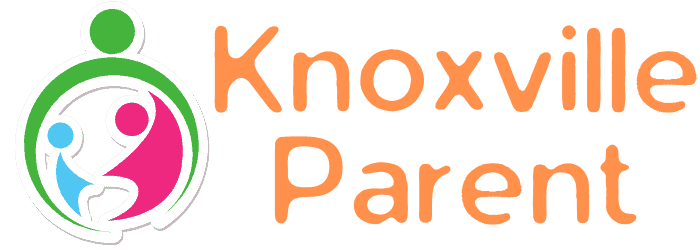I can’t remember what year it was, but Adam was in high school and Ali was in middle school. One Saturday morning they had decided to set up a zip line in the woods behind the house, so they went to Home Depot, bought some cable and hardware and proceeded to set up the zip line. They then (wisely, I thought) waited for me to get up to inspect it before actually trusting it with their lives. (I’m proud to say that I was able to okay it with no modifications.)
This is creativity at work. No, they didn’t invent the zip line, but they had a problem (what could they do that day that would be fun) and solved it creatively. Further, they also had to find a fun and safe route for the line, figure out a way to hook themselves to it and (perhaps most importantly) how to stop at the end short of smashing into the tree.
“Next time you have a problem to solve, have your child help you figure it out…Creativity is more than just coming up with far-reaching ideas. It includes comparing, combining, reasoning, fact-checking, and ultimately coming up with a solution.”
Flash forward fifteen years or so, and Adam sends me a link to “The Creativity Crisis” by Po Bronson, something of a book report on a book titled, Nurtureshock. It’s a great read, and you might want to take a look: www.newsweek.com/creativity-crisis-74665. It turns out that a professor (E. Paul Torrance) came up with a way to measure creativity in children back in the fifties that has proved to be quite predictive of these kids’ creative accomplishments as adults. We’re talking about patents registered, businesses founded, books written, radio shows, art exhibits, hardware innovations, music compositions, buildings designed and more. In short, creativity is not only seen and practiced in the arts.
It is disturbing that in doing this testing in the United States, they found steadily rising creativity scores until 1990, but thereafter they have been consistently decreasing. This is a problem, as progress and improvement require creativity.
The question is, can creativity be learned? I think it should be clear that it can. Sure, some folks will have more innate creativity. Just because Freddie Hubbard had a crazy level of innate ability to play doesn’t mean I can’t learn to play the trumpet. He could please a crowd at the Newport Jazz Festival, but I can still please a crowd in Knoxville, Tennessee. (Okay, for me maybe just my living room, but you get the point.)
“Explore! If we make a tin-can telephone, how long can the string be and it still work?”
The challenge in developing creativity in your child is that it will fall to you.
One thing you can do to start is to listen to Dale Dougherty talk about it. Go to engineervsdesigner.com and scroll down to podcast episode 26. It’s all about the Maker Movement and his view of education. It rang a bell with me, for sure.
Then go solve some problems with your kids! Gather a bunch of disparate items and pile them up in the garage. A cardboard box, sidewalk chalk, some rope or string, a ball or two, some of their toys, like dinosaurs or G.I. Joes or a Tonka truck. Here’s the challenge: come up with a new toy or game to play every Saturday. And always keep your eye open for fun new things to add to your inventory: the wheel of an old bike, an inner tube, a spatula, that old iron that doesn’t work any more.
Explore! If we make a tin-can telephone, how long can the string be and it still work? Can we pull the string around a corner of the house and still hear each other? Will it work if the string is not taut?
Can we make up a melody by banging, rubbing together, spinning or sliding these objects?
Finally, next time you have a problem to solve, have your child help you figure it out. Where to keep the bicycles to be out of the way, how to get the cold air to stop coming in off the windows, or what to do to keep a hot dish from damaging a tabletop.
Creativity is more than just coming up with far-reaching ideas. It includes comparing, combining, reasoning, fact-checking, and ultimately coming up with a solution. Even if it’s nothing more than a solution to the problem of what to do on a Saturday morning.
Related posts
Newsletter Subscribe
Newest Posts
Set Up a Parental Control for Online Safety
Have you ever wondered how long your children spend in front of a device without your supervision? Yes, it is…
Adopt A Life, Save A Life
By Jeff Ashin, CEO, Young-Williams Animal Center. Photo by: Young-Williams Animal Center Are you or your child thinking of adding…

